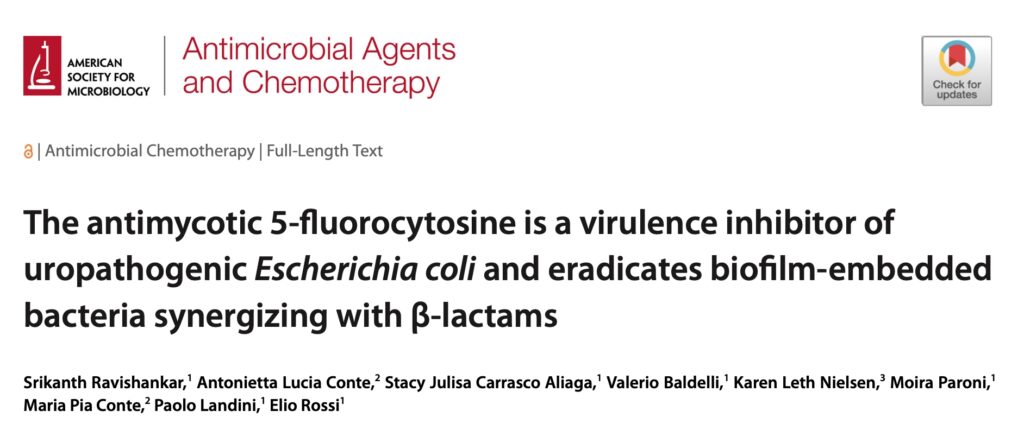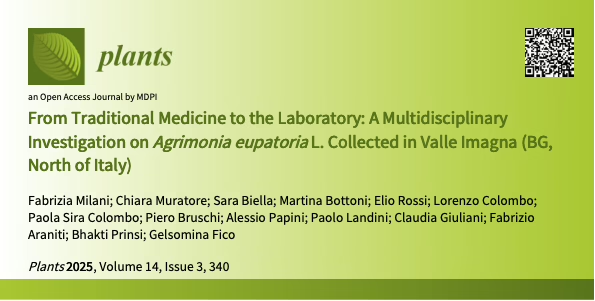

We are excited to announce the publication of our latest study, which reveals that the antimycotic drug 5-fluorocytosine (5-FC) functions as a potent virulence inhibitor against uropathogenic Escherichia coli (UPEC). Notably, our findings demonstrate that 5-FC not only disrupts key pathogenic traits of UPEC but also effectively kills bacteria within preformed biofilms—a major challenge in treating chronic and recurrent infections. This study highlights the potential of repurposing non-antibiotic compounds to combat bacterial infections while mitigating resistance development.
We extend our warmest congratulations to Dr. Srikanth Ravishankar, a former PhD student of our lab, who led this work and recently started a new position at the Institut Pasteur in Paris. We look forward to seeing his continued contributions to microbiology!
Read more here: https://journals.asm.org/doi/10.1128/aac.00280-25
Reference:
Ravishankar, S., Conte, A.L., Aliaga, S.J.C., Baldelli, V., Nielsen, K.L., Paroni, M., et al. (2025) The antimycotic 5-fluorocytosine is a virulence inhibitor of uropathogenic Escherichia coli and eradicates biofilm-embedded bacteria synergizing with β-lactams. Antimicrob agents Chemother e0028025.



